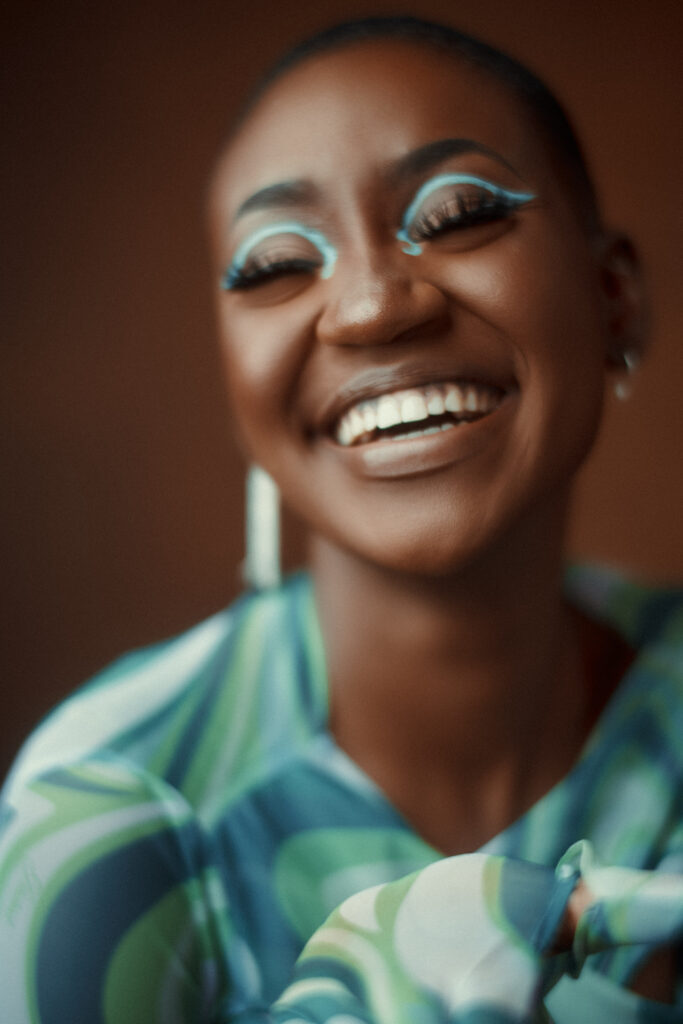Restorative Love Economics: A Manifesto



Find a comfortable position, one that allows you to hold yourself. If you can, lie down. I invite you to place your hands on your chest and close your eyes as we imagine counter-responses to ongoing structural violence.
●
What are you feeling in your body at this moment? Acknowledge the emotions and thoughts that are vying for your attention.
●
Breathe in for 3, and out. You have reached a portal. As you reach out towards the vastness in front of you, a wave of calm passes through your entire body. You begin to lean in slowly, feeling relaxed and curious as you slip into a memory.
●
When was the last time you felt cared for?
●
Call forth this warmth and sink into it.
This year, I have been deeply moved by the following:
— the bravery that authentic connection requires
— loving my way towards a kinder future
— design as an act of conjuring a world rooted in care
At the root of my creative practice is making space for others. This shows up in a number of ways and mediums in my work as a community researcher for a design studio, participatory curator and writer. The focal point of my work has shifted over time from harnessing play towards authenticity, to encouraging the potential of imagination to create new visions of the world and, in this current moment, cultivating love as a balm against social alienation. For a feeling that has taken as many forms as the lives that have changed in its wake, love remains underexamined. There is much to be said about the ways in which modern capitalist society has designed slowness out of our lives, thus making checking in with ourselves a practice that has to be cultivated. bell hooks writes in All About Love: New Visions (arguably the foundation of Black feminist love studies), ‘To open our hearts more fully to love’s power and grace we must dare to acknowledge how little we know of love in both theory and practice. …We yearn to end the lovelessness that is so pervasive in our society. This book tells us how to return to love.’ It was this thinking that spurred the origins of my ongoing experiential research programme, Open Heart Clinic. My heart is a compass I am still learning to follow, in my practice as a designer, and a continuous creator of my life.

Beyond aimless navel-gazing, this positive obsession with how we nurture one another is informed by a rigorous ethic of care that is necessary for our survival in a political landscape that is decidedly anti-love.
To turn our gaze towards those whom care has been directed away from – Black, queer, the working class – people, who have for centuries alchemised societal assaults on our being is an act of resistance. If there is such a thing as structural violence, then there must be a possibility of structural love. Ultimately, design is a process of conjuring an idea into this realm and in doing so, making way for a set of behaviours.
●
Restorative Love Economics as a framework asks: what does it mean to redistribute love towards the systemically underloved?
●
For these past few months, I have been further meditating on these two questions:
— How has systemic trauma transformed our capacities for intimacy?
— What obstacles do systemically underloved communities face in loving and receiving love (familial, romantic, platonic, etc.)?
Inspired by Ntozake Shange’s choreopoem for coloured girls who have considered suicide / when the rainbow is enuf, by African indigenous healing rituals (or what Nigerian playwright and author Wole Soyinka calls the ‘drama of the gods’), and by my training as a facilitator of the Black Therapy Network’s Emotional Emancipation Circles, I have a vested interest in exploring how systemic trauma transforms our interpersonal relationships and in probing the potential of design justice to hold space for reparative work.


TO ANSWER THESE QUESTIONS, WE MUST FIRST:
Part of addressing the need to counter structural violence with structural love is first attuning ourselves to the intricacies of lovelessness. When police surveillance is better funded than public health, that is anti-love. When the police are called into a classroom in the United Kingdom because a 15-year-old Black girl is ‘suspected’ of having weed on her instead of responding with concern, that is anti-love. When a government official suggests that people make more money in response to a cost of living crisis that has left an elderly woman riding the bus to stay warm, that is anti-love.
Love, including its arteries, such as care, devotion and desire, for example, determines more than social capital and respect. It’s a marker of who gets to live – and to live well. In the Yoruba religion, Ifa, earth is regarded as the marketplace where souls come to gain wisdom and experiences. Love, too, is a resource, one that is required in so many different ways that any attempts to define it, such as the popular ‘Love Languages’ test, still don’t articulate needs as well as they could. Restorative Love Economics requires asking people how they want to be loved outside of capitalist constraints and responding to those needs specifically.
Now where do we go from here? In her essay ‘On the Issue of Roles’, Toni Cade Bambara notes that ‘Revolution begins with the self, in the self. The individual, the basic revolutionary unit, must be purged of poison and lies that assault the ego and threaten the heart, that hazard the next larger unit – the couple or pair, that jeopardize the still larger unit – the family or cell, that put the entire movement in peril’. Undoing systemic harm by moving forward with a framework of Restorative Love Economics is to heal the absence of care in social systems and restore our capacity for intimacy at scale through transforming ourselves.